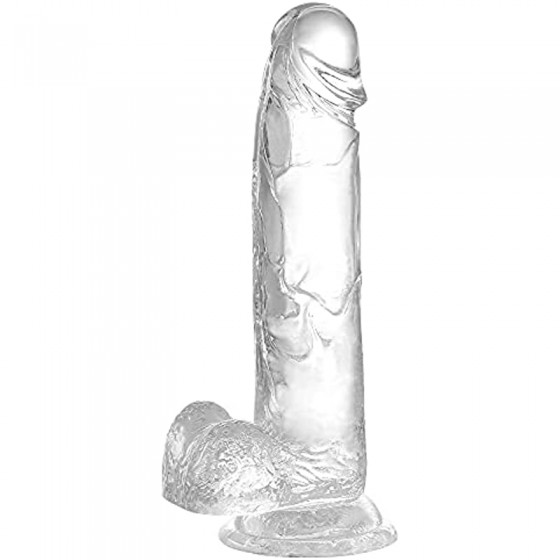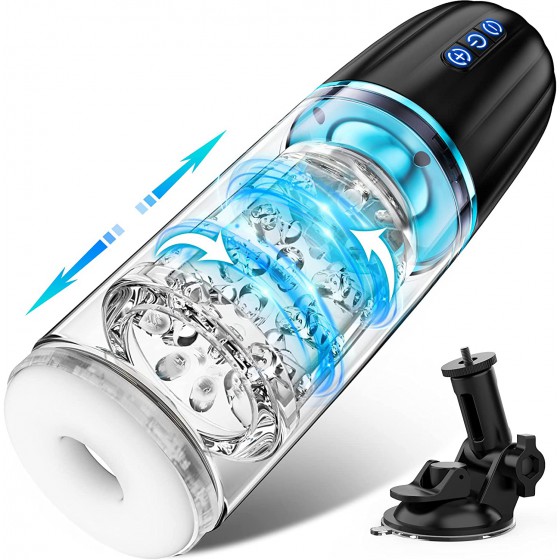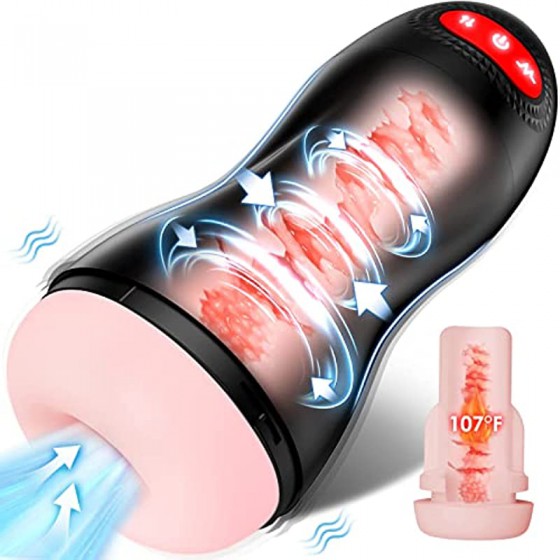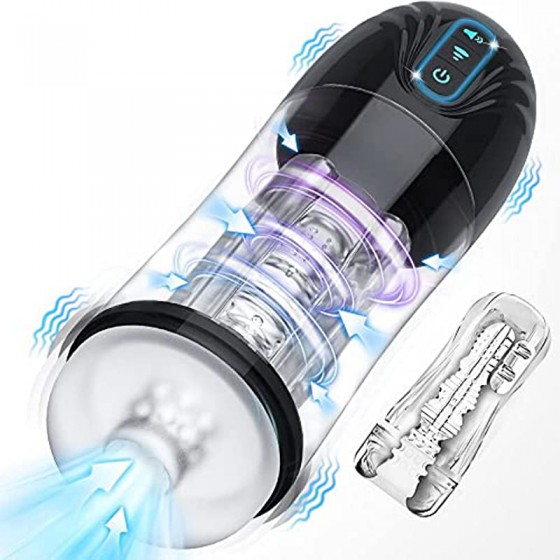Emergencies that occur during sexual life need to be understood
Heavy vaginal bleeding caused by cervical polyps
It was a cold winter. That night, at around two o'clock in the morning, a woman in her thirties, accompanied by her husband, came to the hospital for emergency treatment. I saw the patient's face was pale, his breathing was rapid, his voice was low, and his limbs were cold. I knew at a glance that there was heavy bleeding in a certain part. During the consultation, his husband hesitated, and after patient guidance, he understood the whole story of the condition.
It turns out that this is a couple. The husband just came back from a business trip last night. Since they were not together for more than ten days, the couple went to bed early. After the storm, the wife went to the bathroom to take a shower. Suddenly, vaginal bleeding was discovered, which became more and more frequent. Even filling with sanitary napkins could not stop the bleeding, so the patient fainted in the bathroom. Seeing that she had not returned to the room for such a long time, the husband went to the bathroom to look for her and found his wife passed out on the ground. He immediately sent her to the hospital for emergency treatment. This was a gynecological emergency. I immediately informed the obstetrician and gynecologist. With the assistance of the obstetrician and gynecologist, through a coloscope, I found several polyps ranging from rice grains to soybean-sized polyps on the patient's cervix, and obvious bleeding could be seen. point. After discussing with the obstetrician and gynecologist, she was immediately admitted to the obstetrics and gynecology ward and underwent emergency surgery.
Doctor’s comment: Cervical polyps are a manifestation of chronic cervicitis. There is a kind of polyp whose root is attached to the cervical opening or cervical canal. It is a local hyperplasia of cervical mucosa stimulated by inflammation and protrudes outward from the external cervical opening. The surface of the polyp is covered by a layer of columnar epithelium and contains cervical glands. The stroma is rich in capillaries and loose connective tissue, and is accompanied by inflammatory cell infiltration. This kind of polyps can be single or multiple. They are generally small in size, with a diameter of less than 1 cm. They are tongue-shaped in appearance, bright red in color, soft and brittle in texture, and have a slender pedicle that bleeds easily. Another type of cervical polyp occurs in the cervix and vagina. The surface is covered by stratified squamous epithelium and the stroma contains fibrous connective tissue. This type of polyp is superficial in location, protruding toward the surface, has a wide base, is light red in color, and has a tough texture that is difficult to bleed. Under normal circumstances, women who suffer from cervical polyps do not have any special symptoms. Sometimes they experience increased leucorrhea or bloodshot leucorrhea or bleeding after sexual intercourse. For example, the protagonist in the article, due to a long period of separation, is more likely to cause bleeding after severe impact. If the above situation is discovered, the patient should go to the hospital immediately. It is worth mentioning that most cervical polyps are discovered during gynecological screening or gynecological examination for other gynecological diseases. Once cervical polyps are discovered, they should generally be surgically removed.
Acute abdomen caused by ureteral stones
At about 1 o'clock in the morning, a rapid and noisy sound woke me up. When I went out, I saw that it was the 120 ambulance from our hospital. A patient returned. I hurried to see a middle-aged male patient, holding his stomach with both hands, moaning incessantly, in extreme pain, and his family members were very alarmed. I immediately asked his wife to come to the clinic for a simple consultation. His wife was not shy and went straight to describe her condition to me. It turned out that my husband had some social activities out last night, so he came back late and drank some wine. After rinsing, he took advantage of the drunkenness to have sex with his wife. Just when the critical moment came, I suddenly felt severe pain in my abdomen, which was unbearable and I couldn't hold on until the end. After taking a rest, there was no sign of relief at all, and there was hematuria. She was very scared, so she called 120 for help in case of an unexpected incident. When I asked her if she had experienced such a condition in the past, or if her husband had any illnesses, she replied that she had had kidney stones before. When I went to examine the patient, I found pain in the left upper quadrant that radiated to the left lower quadrant and perineum. At this time, I knew in my heart that the pain was most likely caused by the movement of the stones during sexual intercourse. So he was immediately given an emergency B-ultrasound, which was confirmed to be an upper left ureteral stone and obstruction. After contacting the urologist, he was admitted to the ward for further examination and treatment.
Doctor’s comment: The main symptoms of ureteral stones are hematuria and pain related to activity. The pain is related to factors such as the location and size of the stone, whether it is active or not, the presence or absence of complications and their degree. Large stones in the renal pelvis and calyceal stones may have no obvious clinical symptoms and only show microscopic hematuria after activity. If the stone causes obstruction in the renal calyceal neck, or if the renal calyceal stone does not move much, it can cause dull pain in the upper abdomen or waist. Renal colic occurs when stones cause complete obstruction of the pelvis-ureter junction or ureter. Just like the patient in the article, during sexual intercourse, due to sharp abdominal movements, the original kidney stones moved, causing severe pain. At this time, the patient may experience paroxysmal pain, severe unbearable pain, restlessness, profuse sweating, nausea and vomiting. In addition, the pain location and radiation range vary depending on the location of stone obstruction. For example, when the ureteropelvic junction or upper ureter is obstructed, the pain is located in the waist or upper abdomen, travels along the ureter, and radiates to the ipsilateral testicle or labia and inner thigh. For example, when the middle segment of the ureter is obstructed, the pain radiates to the middle and lower abdomen, and the pain on the right side can easily be confused with acute appendicitis. If the stone is located in the ureterovesical segment or the ureteral orifice, it is often accompanied by symptoms of bladder irritation and radiating pain in the urethra and head of the penis.
Depending on the degree of damage to the mucosa caused by the stone, it may manifest as gross or microscopic hematuria, with the latter being more common. Posterior microscopic hematuria is a common clinical manifestation of upper urinary tract stones. For people with a history of kidney stones, if they experience severe abdominal pain during sexual intercourse, they should first think that the pain is caused by the movement of stones, and they need to go to the hospital in time.
Heavy vaginal bleeding caused by ectopic pregnancy
It was a hot summer night, around 12 o'clock, taking advantage of the temporary absence of patients, several of us doctors on duty discussed the case together. . At this time, the chief on duty of our hospital came over and informed us that our hospital's 120 ambulance had set off and that an emergency patient would be delivered soon, and asked us to be prepared to receive the patient. We all took our places, and after a while, the ambulance came back. A woman in her twenties was lifted out of the car. She was pale, lying flexed, holding her belly with her hands, moaning. A closer look revealed that the white sheet covering her body was also stained with blood. We know from experience that this is a patient with acute abdomen and massive bleeding. Through consultation with her husband, we learned that they have been married for more than three years and have not yet had a child. Although they have been menopausal for more than two months, they often have a history of menopause, so they don’t care much about it and have not been to the hospital’s obstetrics and gynecology department for examination. . After having sex last night, his wife suddenly felt severe pain in her lower abdomen, followed by vaginal bleeding, and fainted on the bed. He was very scared, so he hurriedly called 120 for help and went to the hospital for emergency treatment. After consultation with the obstetrics and gynecology department, dark red non-coagulable blood was extracted from the posterior vaginal fornix. Based on the medical history, it was considered that it might be an ectopic pregnancy. An emergency B-ultrasound was done immediately and it was confirmed that it was an ectopic pregnancy. So I was admitted to the obstetrics and gynecology ward and had emergency surgery overnight.
Doctor’s comment: When a pregnant egg implants and develops outside the uterine cavity, it is called an ectopic pregnancy. It is customarily called ectopic pregnancy. Including fallopian tube pregnancy, abdominal pregnancy, ovarian pregnancy, cervical pregnancy and residual horn pregnancy, etc. Among them, fallopian tube pregnancy accounts for 95%-98%, and salpingitis is the most common cause of fallopian tube pregnancy. In addition, abnormal fallopian tube development, recanalization after fallopian tube ligation, fallopian tube endometriosis, etc. can prevent the normal movement of the pregnant egg into the uterine cavity and cause fallopian tube pregnancy. Because the fallopian tube cavity is small and the tube wall muscles are weak, it cannot adapt to the development of the pregnant egg, which often causes fallopian tube pregnancy rupture and miscarriage, resulting in vaginal bleeding and abdominal pain.
Vaginal bleeding is characterized by irregular and small amounts of vaginal bleeding after menopause, which is dark brown in color. Sometimes it is accompanied by the discharge of decidual fragments or tubular tissue. Abdominal pain is the main symptom when patients seek medical treatment. It manifests as sudden tearing pain and colic on one side of the lower abdomen. It is more common in fallopian tube rupture, accompanied by nausea, vomiting or fainting. The pain is located in the lower abdomen, may spread to one side or the entire abdomen, and may also spread to the entire abdomen. Some patients have a feeling of swelling in the anus. Diagnosis can be made through specialist examination and B-ultrasound. When the above situation occurs, you should go to the hospital for treatment in time.
Recommended reading:
The doctor emphasizes: emergency contraceptive pills should be taken according to the doctor’s instructions
How much do you know about the subcutaneous implant contraceptive method?
Are sexual dreams a sign of immorality?
My husband likes to talk vulgarly during sex. Is this obscene?
90% of young people do not know about contraception, and 13 million abortions occur every year
(The above content is only authorized for exclusive use by family doctors online. Please do not reproduce without permission.)
Original content of Family Doctor Online (www.familydoctor.com.cn), which may not be reproduced without authorization. Violators will be prosecuted. For content cooperation, please contact: 020-37617238













